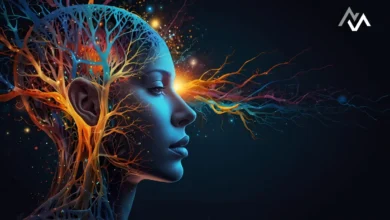The analysts at Wolf Research, in a note on Monday, reassessed the major driving factors for Tesla (NASDAQ: TSLA) stock and mentioned that there has been an improvement in perspective, but uncertainty persists.
New vehicle delivery is one of the primary driving factors, as per Wolf Research, despite management commentary, they hope that deliveries in 2024 will be around 1.75 million, or a -2% per annum compared to 2023.
The investment firm stated, “Q1 delivery suggests a 4x run-rate of 1.55 MM units. We estimate that the seasonal (i.e., China and NA) run-rate could increase up to ~65k.”
Cost reduction was highlighted as another significant factor. The firm stated that Tesla is effectively cutting costs in the first quarter.
Wolf Research has maintained its sequential ramp for Cybertruck and estimated 55,000 units in 2024 and 125,000 units in 2025.
The company stated, “Prices should remain high, although we do not expect overall vehicle profitability until the end of this year when production ramps up to ~125,000-unit run-rate.” “And in the long run, the profitability of Cybertruck is expected to be lower than other Tesla products, considering its large battery pack (123 kW vs. ~75 kW for other vehicles) and a challenging manufacturing process.”
Lastly, operating expenses are expected to remain relatively stable in 2024 compared to the previous year, at around $7.8 billion, with AI-related investment/operating expenses significantly offset by recent announced workforce reductions.
Analysts said, “While there has been an improvement in perspective for Tesla compared to a few weeks ago (when it seemed like the company was going “all-in” on AI/autonomy), there is uncertainty in key areas.” They suggest that increasing tech rates, deployment of FSD in new markets (Europe and China), and the initiation of robo-taxi services are likely to be key inflection points.”
SOURCE : https://in.investing.com/news/wolfe-discusses-key-swing-factors-for-tesla-stock-432SI-4153596




